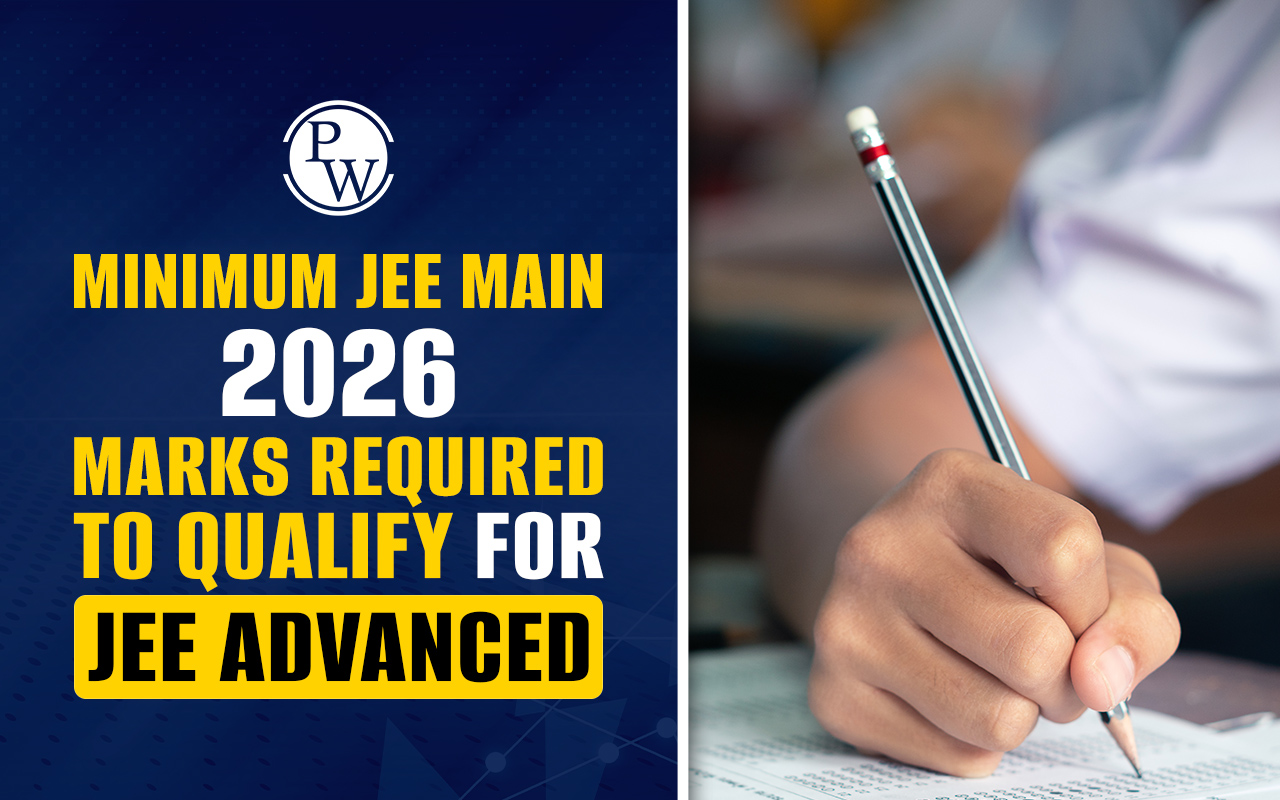
Elastic collision : Firstly, definition of collision is to be discussed followed by some real-life examples to deeply understand the concept. Elastic collisions occur when both the momentum and kinetic energy are conserved. Inelastic collisions, on the other hand, happen when only the momentum is conserved but not the kinetic energy. Some of the kinetic energy of the system is transformed into other forms of energy.
Followed by this, we will have a brief discussion on Elastic collision in one dimension. We also have some special cases regarding this collision with different conditions of mass of the bodies colliding. Now elastic collision in two dimensions also needs to be discussed with formula for loss in kinetic energy and momentum conservation. Some worked out examples need to be discussed to get a thorough understanding of the concept.Brief About Elastic collision :
when two balls collide with each other, and no spring is put between them. At the instant they come into contact, the rear ball has a larger velocity v 1 and the front ball has a smaller velocity v 2 . But the surfaces in contact must move equal distance in any time interval as long as they remain in contact. The balls have to be deformed at the contact.Elastic collision
Elastic collision : In an elastic collision, the particles regain their shape and size completely after collision.
That is, no fraction of mechanical energy remains stored as deformation potential energy in the bodies. Thus, kinetic energy of a system after collision is equal to kinetic energy of a system before collision. Thus, in addition to the linear momentum, kinetic energy also remains conserved before and after collision.Head On Elastic Collision
Let the two balls of masses m 1 and m 2 collide each other elastically with velocities v 1 and v 2 in the directions shown in Fig. Their velocities become v 1 ′ and v 2 ′ after the collision along the same line. Applying conservation of linear momentum, we getSpecial Case In Elastic Collision :
1. If collision is elastic. i.e., e = 1, then
Coefficient of Restitution (e) :
The coefficient of restitution is defined as the ratio of the impulses of recovery and deformation of either body.Note: e is independent of shape and mass of the object but depends on the material. The coefficient of restitution is constant for two particular objects.
(a) For e = 1
= Impulse of reformation = Impulse of deformation ⇒ Velocity of separation = Velocity of approach ⇒ Kinetic energy is conserved. = Elastic collision(b) For e = 0
= Impulse of reformation = 0 = Velocity of separation = 0 = Kinetic energy is not conserved = Perfectly inelastic collision(c) For 0 < e < 1
= Impulse of reformation < Impulse of deformation = Velocity of separation < Velocity of approach = Kinetic energy is not conserved = Inelastic collisionEx. Two identical balls are approaching towards each other on a straight line with velocity 2 m / s and 4 m / s , respectively. Find the final velocities, after elastic collision between them.
Sol: The two velocities will be exchanged, and the final motion is the reverse of the initial motion for both.
Elastic collision FAQs
Q.1: State one application of the elastic collision?
Q.2: Write an example of an elastic collision?
Q.3: What is Elastic Collision?
Q.4: Does Elastic Collision conserve momentum?










